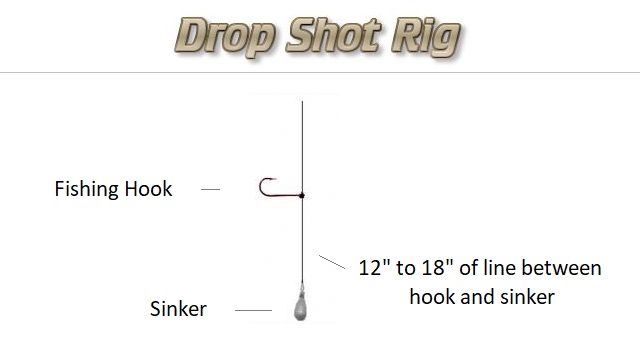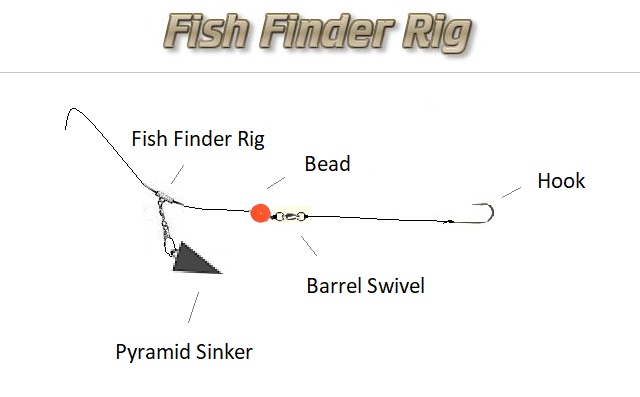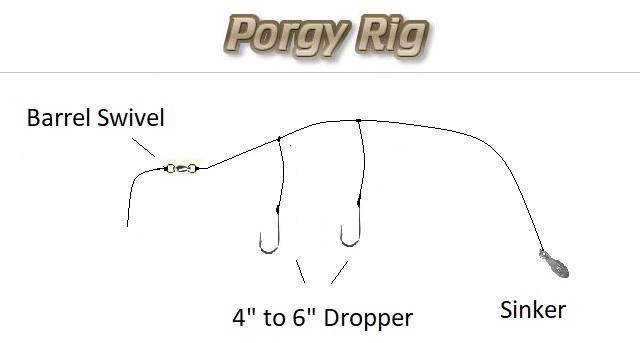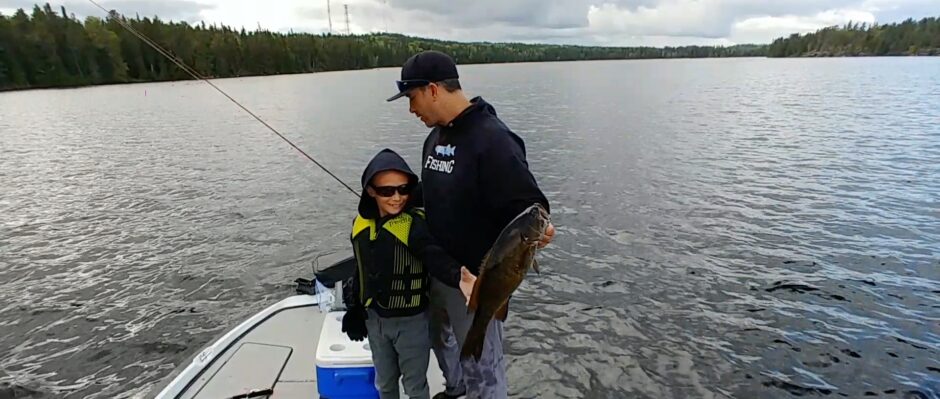Bottom fishing is a popular method for fishing offshore. Most anglers will target snapper and grouper, but you can catch a variety of fish on the reefs and wrecks. Amberjack, triggerfish, grunts, sea bass and even sheepshead can be caught offshore on the reefs and wrecks. Sheepshead are the only species mentioned above that is considered an inshore fish by most anglers, however, sheepshead do move offshore during the winter through early spring during their spawning migration.
Popular Bottom Fishing Rigs

The drop shot rig is a very popular rig for a variety of fishing situations. Whether you are fishing deep, shallow, around cover, with live bait, soft plastics, for bass, panfish or huge saltwater fish, the drop shot rig will work in most situations. The main line is tied to the hook and you want to leave some extra line after you tie the knot so you can tie that line to the sinker. If you want to keep your bait 1 foot off the bottom, make sure to leave a little over 12 inches of extra line from when you tie the hook to the line. This way, you’ll have about 12 inches of line left over to tie to the sinker.

The Fish Finder rig is one of the most common rigs that is used among saltwater anglers and it is also very popular among freshwater anglers as well. This rig works well for all types of live bait and many different artificial lures.

The porgy rig is very effective on porgies, snapper, grunts and any other medium-sized fish that school up near the bottom. Grouper anglers will use this rig as well, but there are stronger rigs that will work better for grouper. The porgy rig isn’t made for catching very large fish.
This rig consists of a swivel that attaches the main line to a leader that attaches the sinker. On the leader that attaches the sinker, you will add 2 additional leaders of line by tying a dropper loop onto the leader. The loops should be about 6 inches long. At the end of these loops, add your hooks and you will have a great rig for catching porgies and other medium-sized schooling fish.
Bottom Fishing Tips
Get the GPS Coordinates
There are plenty of good maps out there with gps coordinates of the nearshore and offshore reefs and wrecks. Many of the state website will also have free gps coordinates for you to use for your next fishing trip. These reefs and wrecks will hold lots of fish, so you want to make sure you know the better spots so you can save time and gas.
Use The Right Boat
We don’t ever recommend going offshore with a boat that isn’t made for handling rougher water. Some people think they can go out when the waters are calm and they might be able to without any problems at all, however, all it takes is one big wave or one storm to pop up and you can be in a life-threatening situation in just minutes.
Go Heavy
You need to go heavy with your tackle when you’re fishing around the rocks and reefs if you plan on catching big fish. You can sometimes get away with light line, but for the most part you will need line in the 30 to 50 pound test range with 100 pound test leaders. This is just a starting point. You may be able to go lighter or need to go heavier with your main line or your leaders. There are so many things down there that can fray your line and result in your line breaking. There are also so many big fish out there that can spool you in no time.

